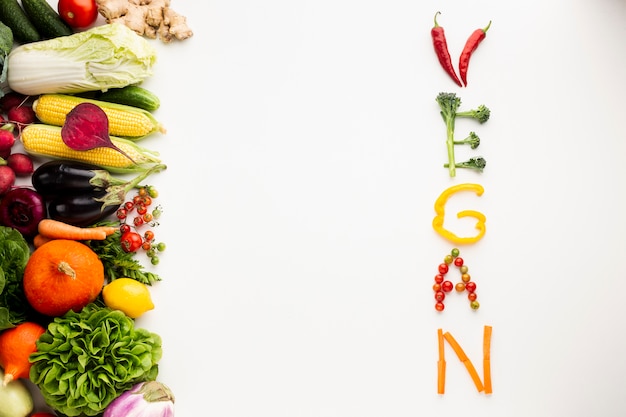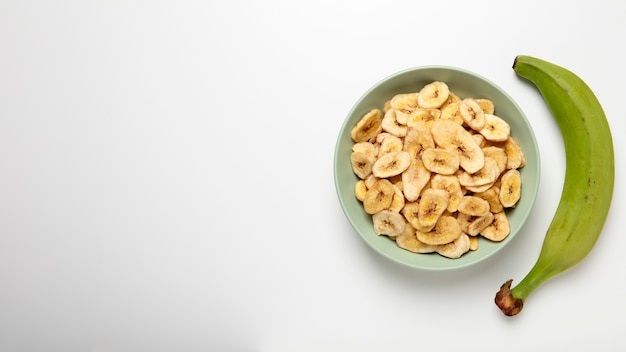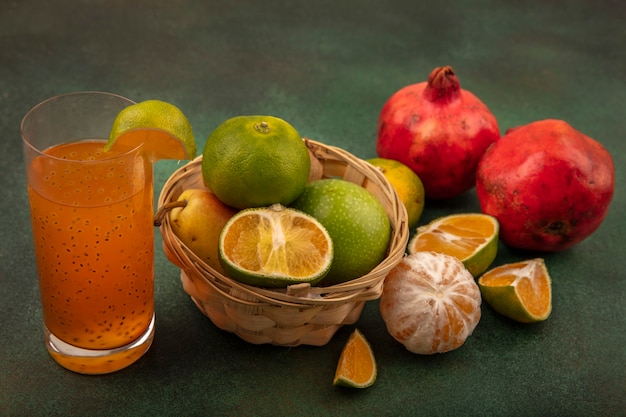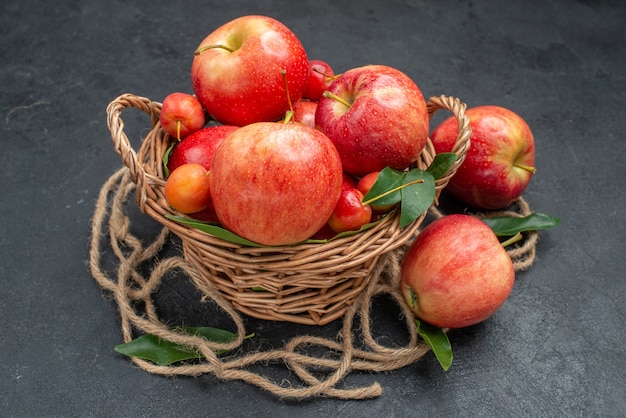Anemia is a health condition often caused by not getting enough nutrients. Making changes to your diet can greatly help if you’re dealing with this condition. This article explains what anemia is, its nutritional aspects, and how a balanced diet can help manage it.
Understanding Anemia
Anemia happens when there鈥檚 a shortage of red blood cells (RBCs) or hemoglobin, the protein in RBCs that carries oxygen. This shortage affects the body’s ability to transport oxygen, causing symptoms like fatigue, weakness, and pale skin.
The typical hemoglobin levels for determining anemia are:
– Less than 13 g/dL in men
– Less than 12 g/dL in women
– Less than 11 g/dL in pregnant women
For hematocrit, which measures the volume of red blood cells in the blood:
– Less than 41% in men
– Less than 36% in women
These values can vary based on specific clinical settings or lab methods.
Causes of Anemia
Anemia can result from various factors, including:
– Iron-Deficiency Anemia: This type, caused by low iron intake, is the most common. Iron is essential for producing hemoglobin. Without enough iron, the body can’t produce enough healthy red blood cells.
– Pernicious Anemia: This occurs due to a lack of vitamin B12, crucial for red blood cell formation and neurological function. It can also be linked to insufficient folic acid intake or the body’s inability to absorb vitamin B12 properly.
Other factors contributing to anemia include:
– Impaired Intestinal Absorption: Conditions like Crohn’s disease or celiac disease can affect nutrient absorption, including iron and vitamin B12.
– Alteration in Gastric Intrinsic Factor Production: The stomach produces intrinsic factor, essential for absorbing vitamin B12. Autoimmune conditions like gastritis can disrupt this, leading to anemia.
– Vitamin C Deficiency: This vitamin enhances iron absorption, so a lack of it can predispose someone to anemia.
– Overuse of Anti-Inflammatory Drugs: Long-term use of NSAIDs can cause gastrointestinal bleeding, leading to iron deficiency and anemia.
– Hematuria: Blood in the urine from infections, kidney stones, or other causes can contribute to anemia.
– Hemolysis: Premature destruction of red blood cells can happen due to autoimmune disorders, infections, or medication reactions.
– Chronic Bleeding: Conditions like ulcers, hemorrhoids, cancer, or heavy menstrual periods can lead to significant blood loss.
Symptoms of Anemia
Common symptoms include:
– Fatigue
– Difficulty concentrating
– Headaches
– Dizziness
– Cracks at the corners of the mouth (angular cheilitis)
These symptoms can vary and may worsen if anemia persists or becomes more severe.
Nutritional Approach to Anemia
A well-thought-out diet is crucial for managing anemia, focusing on adequate intake of iron, folic acid, and vitamin B12. Nutritional needs depend on age, gender, and conditions like pregnancy or breastfeeding.
Key Dietary Recommendations for Anemia
1. Optimal Intake of Essential Nutrients:
– Iron: Essential for hemoglobin production. Balance between two types of iron is important:
– Heme Iron: Easily absorbed and found in animal products like red meat, poultry, and fish. About two-thirds of dietary iron should be heme iron.
– Non-Heme Iron: Found in plant-based foods like beans, lentils, and spinach. This form is less easily absorbed and should be about a third of total iron intake.
– Folic Acid: Necessary for DNA synthesis and abundant in green leafy vegetables like spinach, kale, and broccoli.
– Vitamin B12 (Cobalamin): Crucial for red blood cell formation and neurological health, found mainly in meat, eggs, and dairy.
2. Enhancing Nutrient Absorption:
– Vitamin C: Boosts the bioavailability of non-heme iron. Include foods like citrus fruits, tomatoes, and bell peppers.
– Meal Composition: Avoid eating high-calcium, phosphorus, and iron foods together as they compete for absorption.
3. Limiting Dietary Inhibitors:
– Phytates and Oxalates: These compounds in whole grains, nuts, and some vegetables can bind iron and hinder absorption. Soaking, sprouting, and fermenting grains and legumes can reduce their content and improve iron absorption.
Special Considerations
– Populations at Risk: Pregnant women, nursing mothers, and those with specific diets like vegans may need tailored dietary plans or supplements.
– Supplementation: If dietary intake isn鈥檛 enough, supplements for iron, folic acid, or vitamin B12 might be needed, but should be supervised by a healthcare provider to avoid toxicity.
In conclusion, a balanced diet is key in managing anemia. Ensuring you get enough essential nutrients, particularly iron, folic acid, and vitamin B12, can greatly improve health for those suffering from this condition.







